
 2025-04-17 18:00 - 2025-04-17 20:00
2025-04-17 18:00 - 2025-04-17 20:00
 FB237
FB237
1. Basic vocabulary teaching: The teacher teaches common sign language vocabulary, such as greetings (hello, thank you, goodbye, etc.), basic daily necessities (water, food, clothes, etc.), numbers, colors, etc.
• Demonstration and practice: The teacher repeatedly demonstrates, the participants follow the practice, and the teacher corrects the movements in time.
• Group exercises: group exercises, correct each other, and deepen memory.
2. Hand sentence combination and communication practice
• Sentence combination teaching: The teacher teaches how to combine vocabulary into simple sentences, such as "My name is [name]", "I want to drink water", etc.
• Simulated communication scenarios: organize participants to conduct simulated communication, such as ordering food, asking for ways, introducing themselves, etc.
• Group presentation: Each group selects representatives to present to the whole class, and teachers and other students give comments and encouragement.
3. Interactive games
• You do my guess: one person compares words in sign language, and others guess.
• Sign language relay: Each group member conveys a sentence in sign language in turn to see which group conveys quickly and accurately.
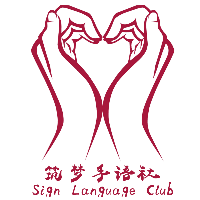
We aim to provide the chances for students to learn and communicate about sign language and we try to popularize it. We also try to call on every student to care about the people who cannot hear or speak and to love voluntary activites. To achieve our aims, we have regular sign language classes every week and other voluntary activities. Moreover, when the members have any interesting ideas about sign language or charity, we will support them and make the ideas come ture.
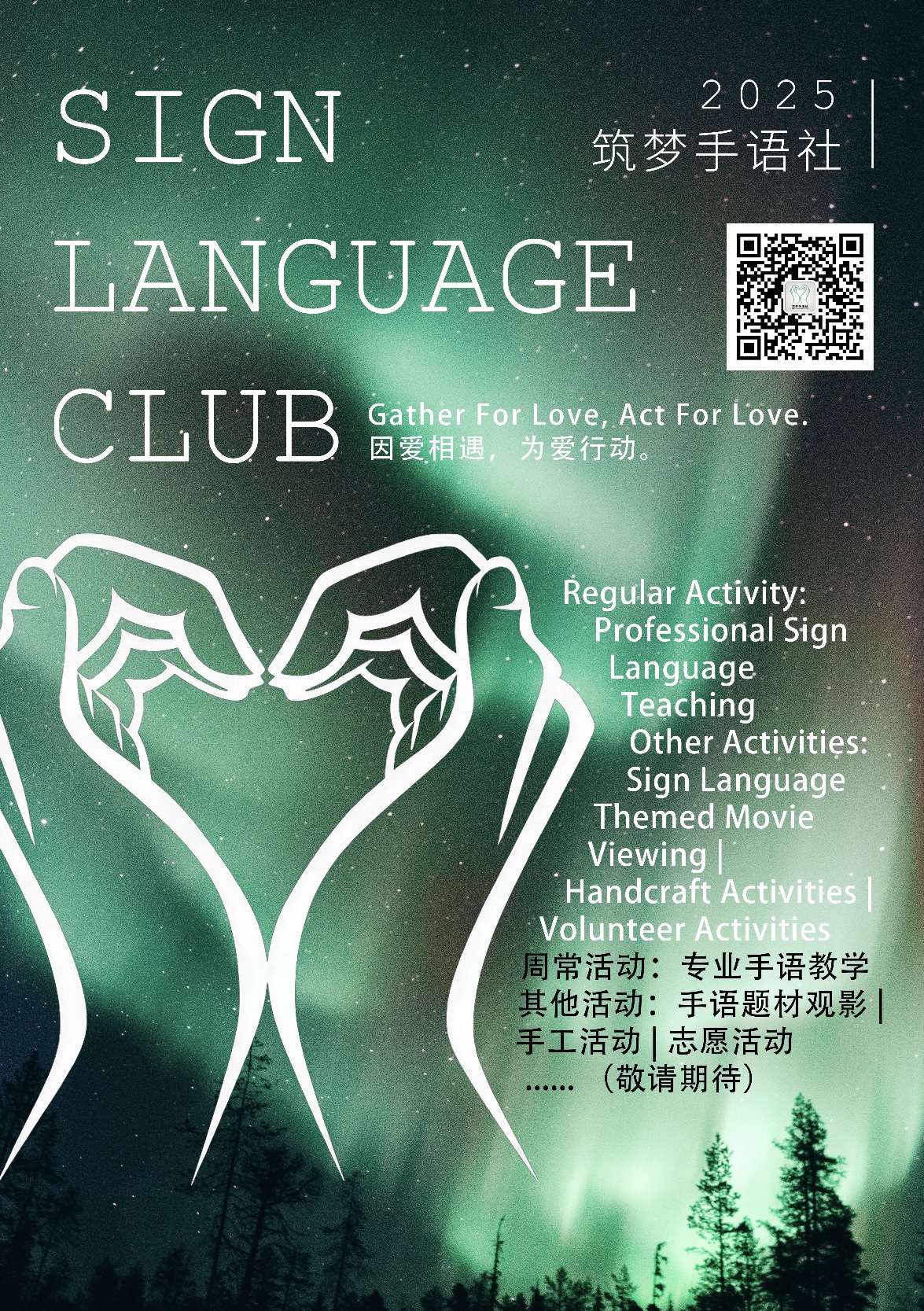
 12 2025 - 12 2025
12 2025 - 12 2025
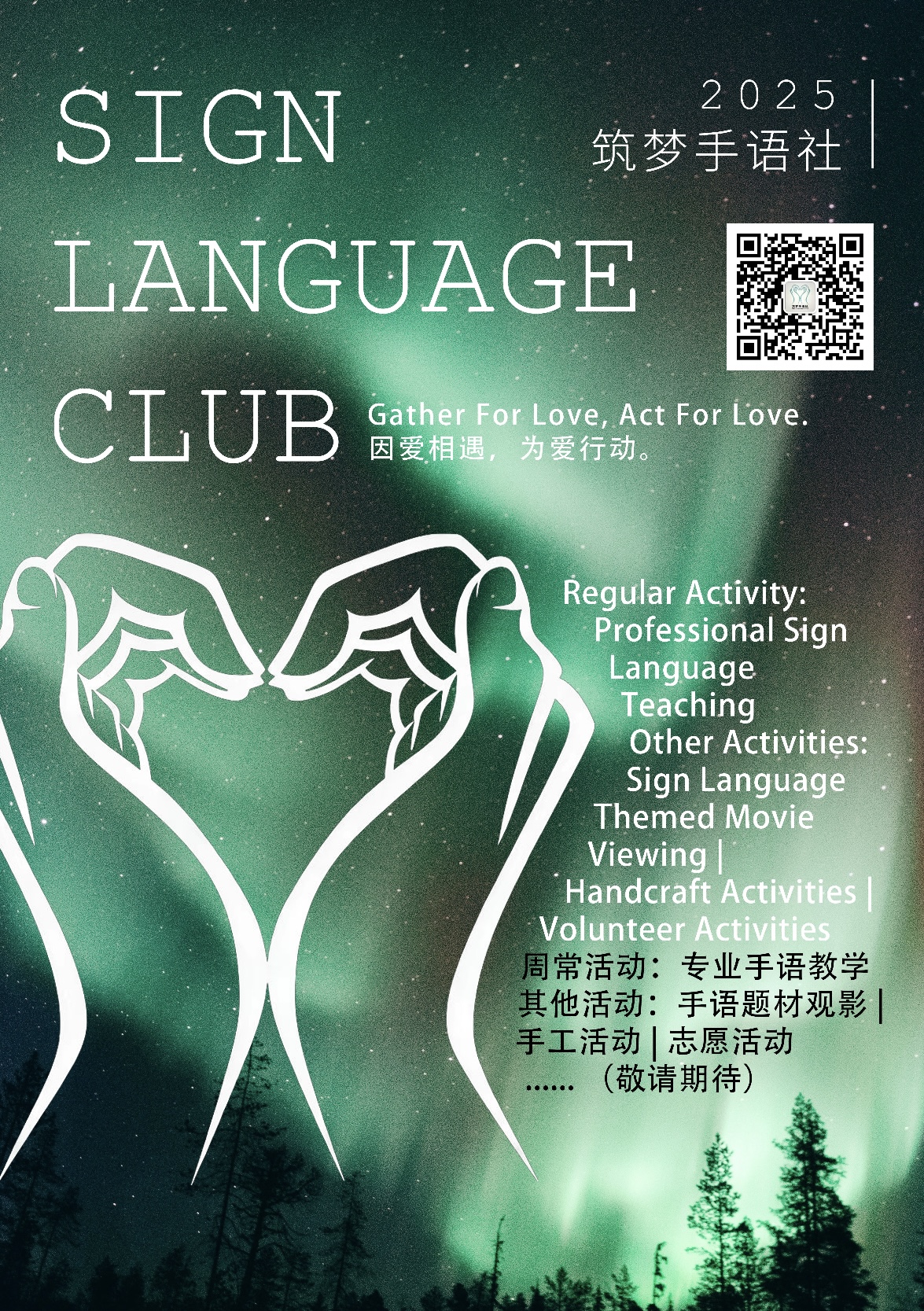
 12 2025 - 12 2025
12 2025 - 12 2025
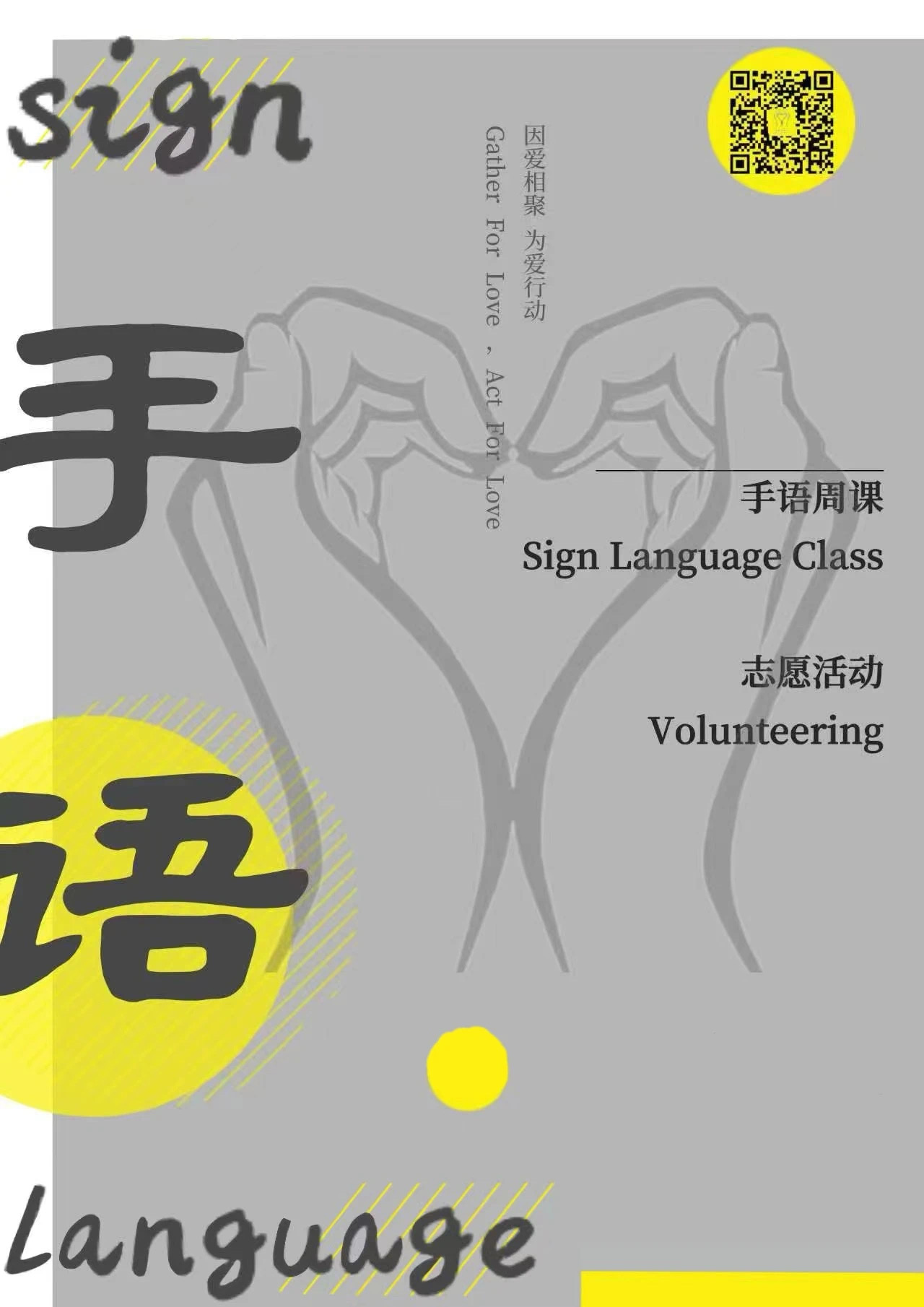
 10 2025 - 10 2025
10 2025 - 10 2025
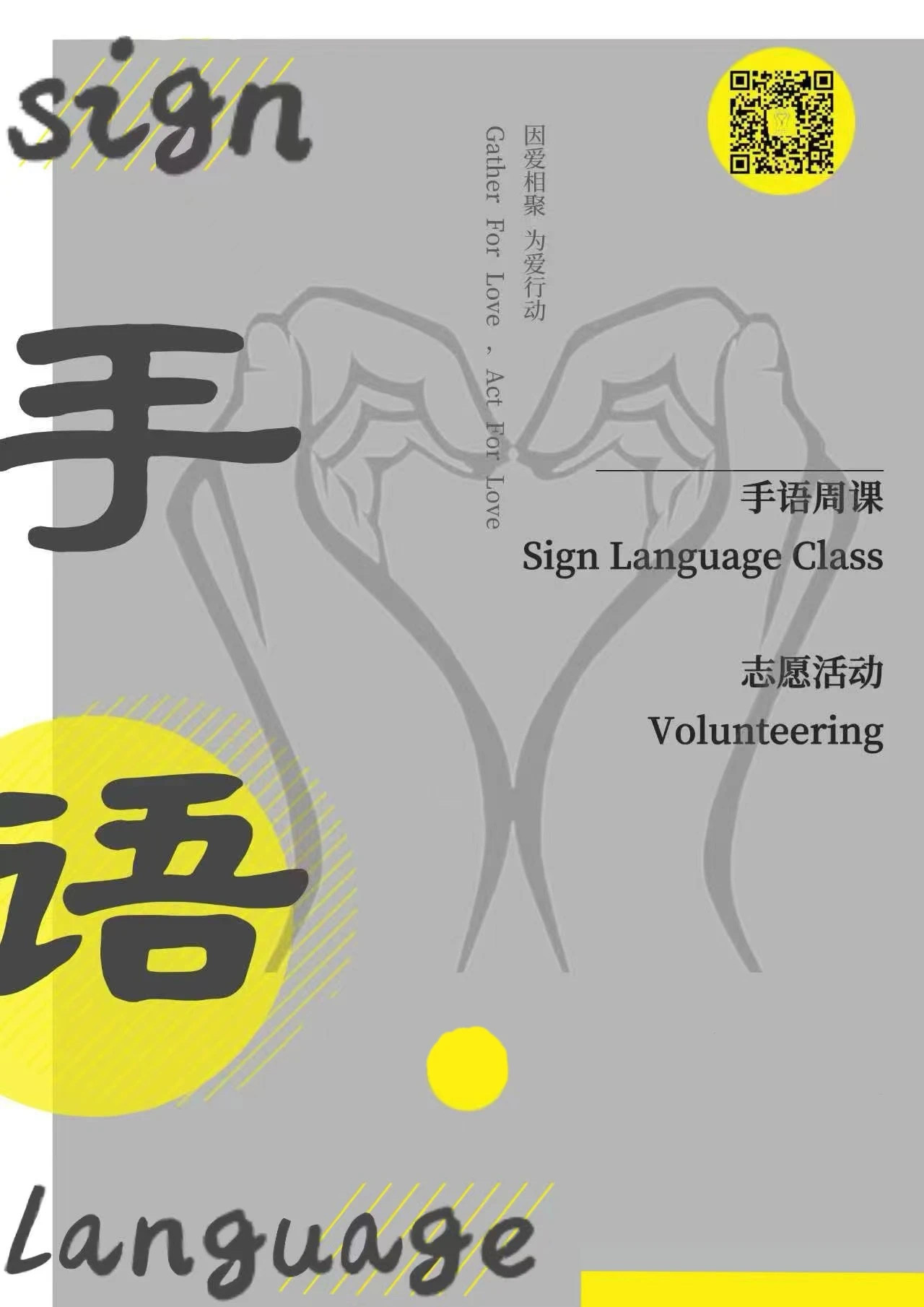
 09 2025 - 09 2025
09 2025 - 09 2025

 05 2025 - 05 2025
05 2025 - 05 2025

 03 2025 - 03 2025
03 2025 - 03 2025